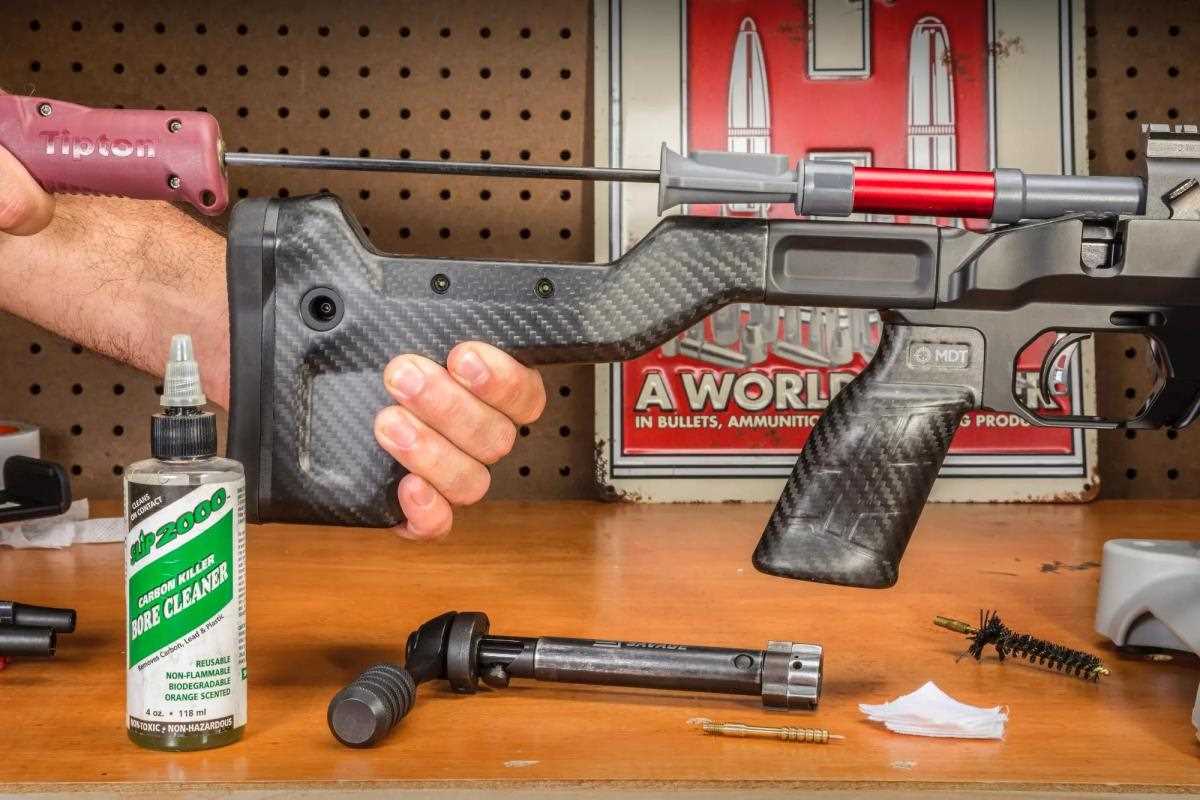9 Best Rifle Scopes: Top Picks, Installation Guide, and Maintenance Tips
Choosing the right rifle scope can make all the difference in your shooting experience. Whether you’re a seasoned hunter or a weekend marksman, the right optics enhance accuracy, improve range, and boost overall performance. But with countless options on the market, finding the perfect scope can feel overwhelming.
We’ve done the hard work for you. In this guide, you’ll discover the 9 best rifle scopes that offer top-notch clarity, durability, and precision. Say goodbye to guesswork and hello to your new favorite shooting companion.
Overview of Different Types of Rifle Scopes
Understanding the different types of rifle scopes will help you make a more informed decision. Here’s a look at the main categories you should consider.
Fixed Scopes
Fixed scopes have a single magnification level. They’re simple to use and often more durable than variable scopes due to fewer moving parts. If you primarily shoot at a consistent range, a fixed scope can be a reliable choice. Models like the Trijicon ACOG are popular in this category for their robustness and clarity.
Variable Scopes
Variable scopes offer a range of magnification levels, providing flexibility for different shooting scenarios. With a simple twist of the adjustment ring, you can switch from low to high magnification. These scopes are perfect for versatile shooting, allowing you to adapt quickly from short to long-range targets. The Vortex Viper PST Gen II is a noteworthy example, favored for its precision and adaptability.
Criteria for Choosing the Best Rifle Scope
When selecting a rifle scope to enhance your shooting experience, there are several key criteria to consider. These factors ensure you get a scope tailored to your needs, providing clarity, durability, and precision.
Magnification Power
Magnification plays a crucial role in defining a scope’s effectiveness. Choose a magnification level based on your shooting range. For shorter distances, a lower magnification, like 1-4x, achieves fast target acquisition. For longer ranges, opt for higher magnification, such as 12x or more. Variable scopes, like the Vortex Viper PST Gen II, offer the flexibility to adjust magnification based on situational needs.
Lens Quality
Lens quality ensures you see your target clearly regardless of the lighting conditions. Look for scopes with fully multi-coated lenses, which enhance light transmission and reduce glare. High-quality lenses provide sharp, bright images and superior edge-to-edge clarity. Brands like Leupold and Zeiss are renowned for high-quality optics with exceptional clarity.
Reticle Type
The reticle, or crosshair, affects how you aim and improve accuracy. Select a reticle that suits your shooting style and conditions. Common types include Duplex, BDC (Bullet Drop Compensator), and Mil-Dot. Duplex reticles, simple and effective, suit general hunting. BDC reticles help long-range shooters compensate for bullet drop, while Mil-Dot reticles offer precise range estimation for more tactical applications.
Durability and Construction
A durable scope withstands the rigors of outdoor use. Look for scopes with rugged construction, often made from aircraft-grade aluminum. Ensure the scope is waterproof, fog-proof, and shockproof to endure various environmental conditions. Nitrogen or argon purged scopes prevent internal fogging, essential for maintaining a clear view in humid or cold conditions.
Focus on these criteria to elevate your rifle scope selection, ensuring a premium shooting experience.
The 9 Best Rifle Scopes
When choosing a rifle scope, it’s crucial to find one that matches your specific needs. Here are the best options for various purposes.
Scope for Long-range Shooting
The Vortex Optics Viper PST Gen II offers excellent long-range performance. With its 5-25x magnification and precision-glide erector system, you’ll experience incredible clarity. Its illuminated reticle ensures optimal target acquisition even in low light conditions.
Scope for Hunting in Low-light Conditions
Leupold VX-3HD is your go-to for low-light hunting. Featuring Twilight Max Light Management System, it provides up to 20 extra minutes of shooting light. Its rugged design ensures durability in all weather conditions.
Scope for Tactical Use
Trijicon ACOG 4×32 is perfect for tactical use. Known for its bullet drop compensation, this scope offers clear magnification without batteries. The forged aluminum housing guarantees durability in harsh environments.
Scope for Beginners
Nikon ProStaff Rimfire II is ideal for beginners. With a 3-9×40 magnification, it offers easy adjustments and clear optics. The consistent eye relief and zero-reset turret make it user-friendly for those just starting out.
Scope for Competitive Shooting
Nightforce ATACR 7-35×56 is unbeatable for competitive shooting. Its exceptional resolution and clarity set it apart. With a 35x magnification, you’ll get precise shot placement every time.
Best Budget-friendly Scope
Simmons 8-Point 3-9×50 is a great budget option. Despite its low cost, it offers excellent optical performance and durability. The QTA (Quick Target Acquisition) eyepiece ensures rapid focus and shooting accuracy.
Best High-end Scope
Zeiss Victory V8 4.8-35×60 stands out as a high-end choice. Known for unparalleled clarity and brightness, it offers a broad zoom range. The advanced reticle illumination makes it perfect for any lighting condition.
Most Versatile Scope
Bushnell Elite Tactical DMR II Pro 3.5-21×50 offers versatility for various scenarios. With its wide magnification range and anti-reflective coating, it adapts seamlessly from close to long-range shooting.
Top Innovative Scope
Sig Sauer Sierra6 BDX 3-18×44 brings innovation with Bluetooth integration. It pairs with your smartphone to provide ballistic data and real-time adjustments. Its smart technology ensures pinpoint accuracy.
Key Features to Consider in a Rifle Scope
When you’re choosing a rifle scope, several key features can greatly enhance your shooting experience. Here’s what to look for:
Eye Relief and Eye Box
Ensure the scope provides ample eye relief, which is the distance between your eye and the scope that enables you to see the entire image. A good eye box will reduce eye strain and keep you safe from recoil. Look for scopes offering 3.5 to 4 inches of eye relief, especially if you use high-recoil rifles.
Adjustment Features
Check for user-friendly adjustment features like windage, elevation, and parallax adjustments. These allow you to fine-tune accuracy. Opt for scopes with tactical turrets for quick and precise changes. Zero-resettable turrets can be a bonus for consistent shooting.
Scope Mounting Options
Verify the mounting options to ensure compatibility with your rifle. Choose between one-piece and two-piece mounts depending on your preferences and rifle type. Weaver and Picatinny rails are the most common mounting systems, offering durability and stability.
Use these tips to find a rifle scope that meets your specific needs and enhances your shooting performance.
Maintenance and Care for Rifle Scopes
Proper maintenance and care will ensure your rifle scope performs at its best. Follow these guidelines to extend the lifespan of your scope and maintain its accuracy.
Regular Cleaning Techniques
Clean lenses gently with a microfiber cloth to avoid scratches. Use an air blower to remove dust and debris before wiping. Apply a lens cleaning solution specifically designed for optics to remove smudges and fingerprints. Avoid using household cleaners as they can damage the lens coatings.
Proper Storage Practices
Store your rifle scope in a cool, dry place to prevent moisture buildup. Use desiccant packs in your storage case to absorb excess humidity. Keep your scope away from direct sunlight to avoid heat damage. Always use lens covers when the scope is not in use to protect from dust and scratches.
How to Install and Calibrate Your Rifle Scope
Getting your new rifle scope installed and calibrated correctly is essential for accuracy and performance. Follow these steps to ensure you’re making the most of your scope.
Step-by-step Installation Guide
- Gather Tools and Materials: Collect all necessary tools like screwdrivers, torque wrench, and mounting rings. Read your scope’s manual for specifics.
- Attach the Mounting Base: Securely attach the base to your rifle using the appropriate screws. Ensure it’s level and tighten the screws to manufacturer specifications.
- Position the Rings: Install the lower half of the scope rings on the mounting base. Ensure they are properly aligned.
- Set the Scope: Place your scope in the rings and adjust it to the desired eye relief. Ensure the crosshairs are level.
- Tighten the Rings: Slowly tighten the screws of the rings in a crisscross pattern. Use a torque wrench to avoid overtightening.
- Double-check Alignment: Verify that the scope is still level and the eye relief is correct. Make any necessary adjustments.
- Bore Sighting: Perform a preliminary bore sighting to align the scope with the rifle’s barrel. Use a bore sighter tool for higher accuracy.
- Zeroing the Scope: Head to a shooting range. Place the rifle on a stable platform and fire a series of shots at a target. Adjust the windage and elevation knobs to move the crosshairs to the point of impact.
- Fine-tune Adjustments: Make incremental adjustments and continue firing groups of shots. Ensure that the point of impact consistently matches the point of aim.
- Use Quality Ammunition: Consistent ammunition quality affects accuracy. Use the same type and brand of ammo during calibration.
- Regularly Check Calibration: Recheck your scope’s calibration periodically, especially after rough handling or extensive use.
Follow these steps and tips to ensure your rifle scope is precisely installed and calibrated for the best shooting performance.
Conclusion
Choosing the right rifle scope is crucial for enhancing your shooting experience and accuracy. By understanding key features and following proper installation and calibration steps, you can ensure your scope performs optimally. Regular maintenance and using quality ammunition further contribute to achieving precise shots. With these insights, you’re well-equipped to make an informed decision and get the most out of your rifle scope.






